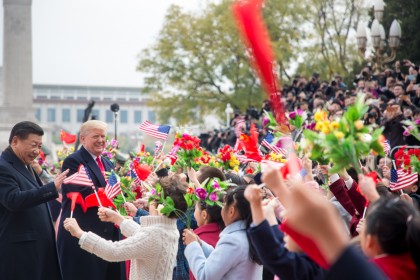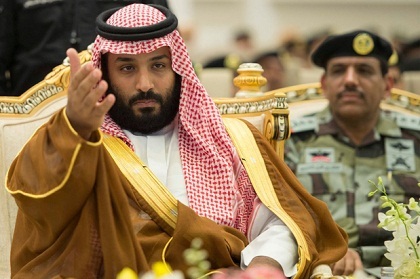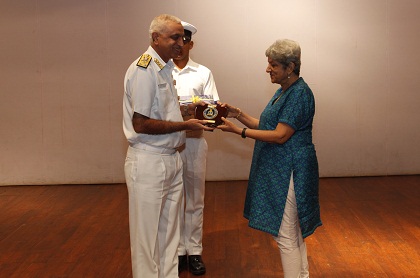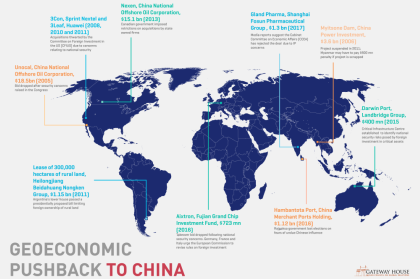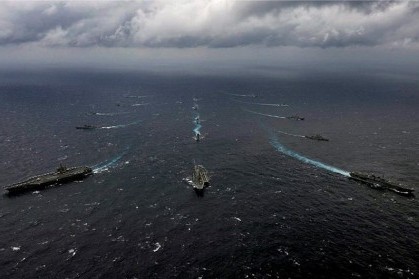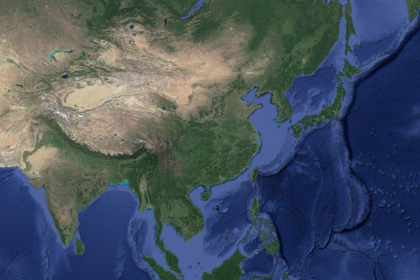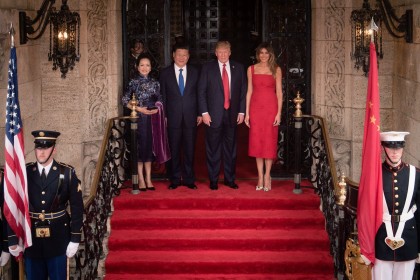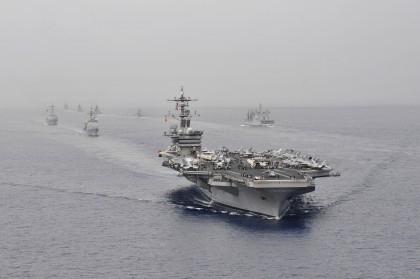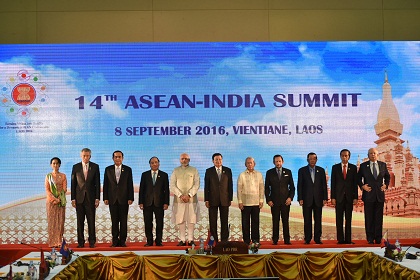Trump in China: ceremonial hits, strategic misses
The visit yielded no dramatic breakthrough. But Team Xi finally got the respect and validation it desired, and deserved. Trump rightly praised China’s success in meeting its own development goals and contributing to global growth. But he is unlikely to soften his stance on jobs lost to China or the more vexing structural issues

